Breakthroughs include measuring the true nature of the universe, finding new species of human ancestors, and unlocking new ways to fight disease.
Category: biotech/medical – Page 2,504
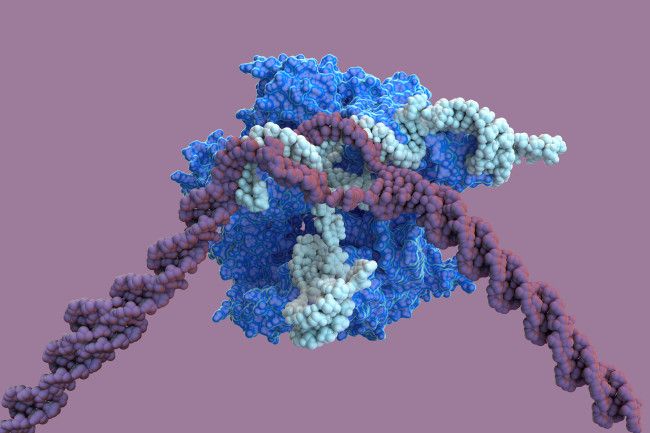
Gene Therapies Make it to Clinical Trials
After years of ethical debates and breakthroughs in the lab, CRISPR has finally made its way to clinical trials. Researchers are now looking at whether the DNA-editing tool, as well as more conventional gene therapies, can effectively treat a wide array of heritable disorders and even cancers.
“There’s been a convergence of the science getting better, the manufacturing getting much better, and money being available for these kinds of studies,” says Cynthia Dunbar, a senior investigator at the National Heart, Lung, and Blood Institute. “It’s truly come of age.”
CRISPR — formally known as CRISPR-Cas9 — has been touted as an improvement over conventional gene therapy because of its potential precision. CRISPR (clustered regularly interspaced short palindromic repeats) is a genetic code that, contained in a strand of RNA and paired with the enzyme Cas9, acts like molecular scissors that can target and snip out specific genes. Add a template for a healthy gene, and CRISPR’s cut can allow the cell to replace a defective gene with a healthy one.
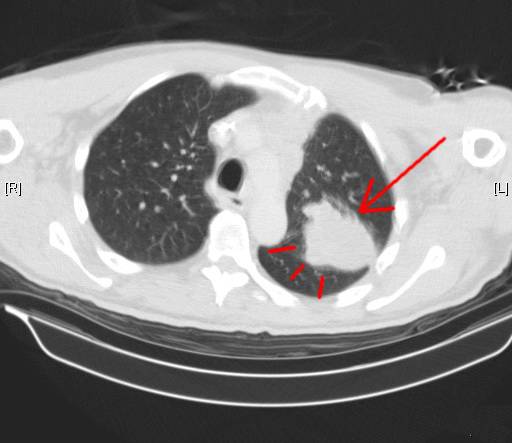
DCA Dichloroacetate Breakthrough Anticancer Agent
Thoughts on this. True or BS.
DCA Dichloroacetate Breakthrough Anticancer Agent
Mary, an old patient in my office, called in last week to ask for advice about her husband, Jim. He had been quite healthy for many years, and recently noticed back pain. His primary care doctor ordered a CAT scan which showed a large lung mass (Red Arrow Above image) and destructive lesions in the spine. Biopsies confirmed the lung mass was indeed cancer, with metastatic spread to the thoracic vertebral bodies. Jim was referred to the local oncologist who started radiation and chemotherapy. Above Header Image CAT scan of lung cancer mass (Red Arrow) in left lung courtesy of wikimedia commons…
After a week of chemotherapy, Jim was miserable from the adverse effects of nausea, and vomiting, and loss of appetite. Jim felt so bad, he declined any further chemotherapy treatment. Mary asked if I had any suggestions.
Bionic Skin Lets Prosthetic Limbs Feel
This bionic skin lets amputees feel their prosthetic limbs.
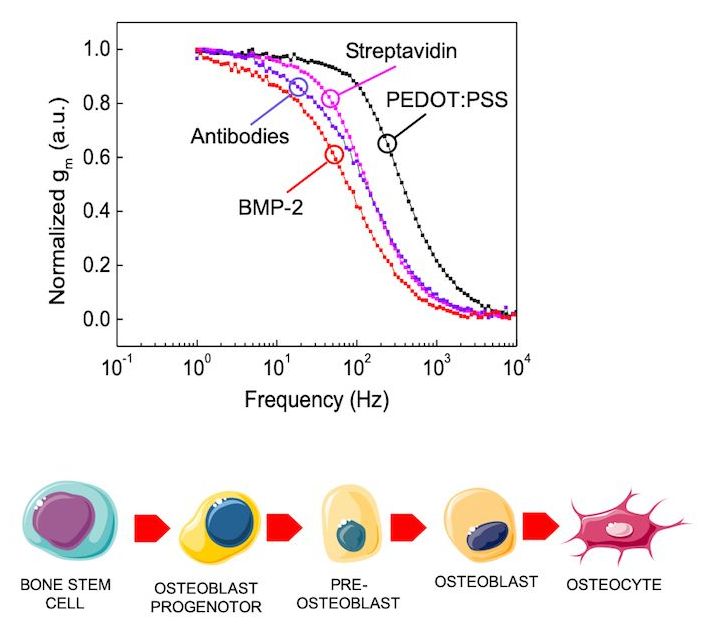
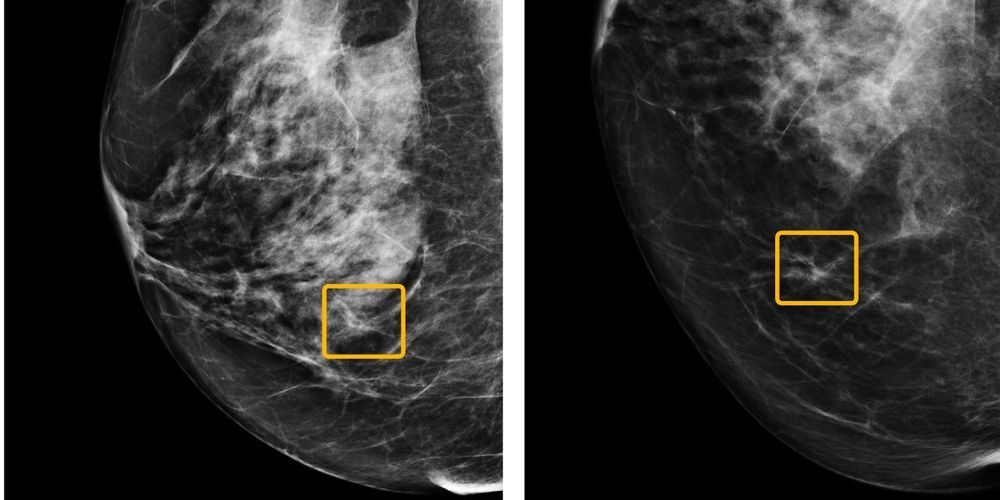
Google AI Beats Doctors at Breast Cancer Detection—Sometimes
Google’s health research unit said it has developed an artificial-intelligence system that can match or outperform radiologists at detecting breast cancer, according to new research. But doctors still beat the machines in some cases.
The model, developed by an international team of researchers, caught cancers that were originally missed and reduced false-positive cancer flags for patients who didn’t actually have cancer, according to a paper published on Wednesday in the journal Nature. Data from thousands of mammograms from women in the U.K. and the U.S. was used to train the AI system.
But the algorithm isn’t yet ready for clinical use, the researchers said.
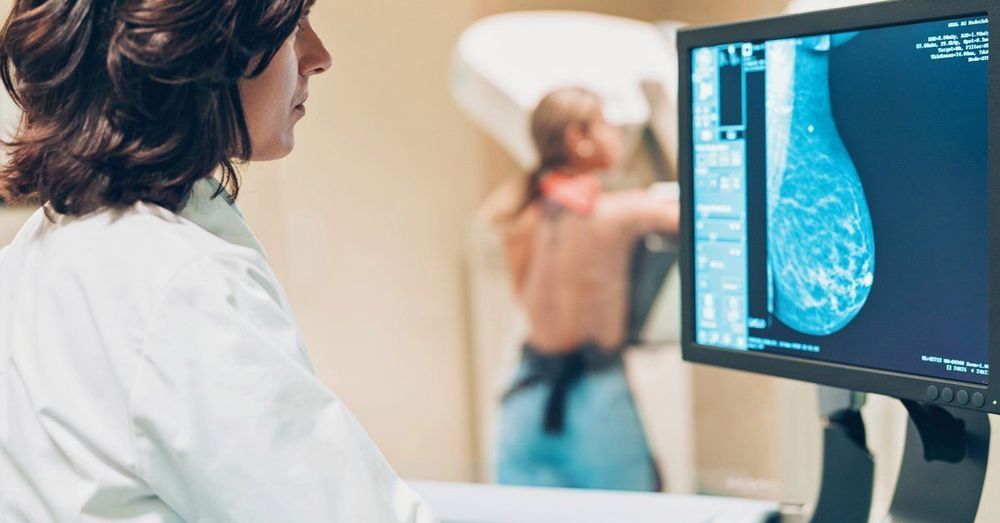
How Google AI Is Improving Mammograms
In a study published Jan. 1 in Nature, researchers from Google Health, and from universities in the U.S. and U.K., report on an AI model that reads mammograms with fewer false positives and false negatives than human experts. The algorithm, based on mammograms taken from more than 76,000 women in the U.K. and more than 15,000 in the U.S., reduced false positive rates by nearly 6% in the U.S., where women are screened every one to two years, and by 1.2% in the U.K., where women are screened every three years. The AI model also lowered false negatives by more than 9% in the U.S. and by nearly 3% in the U.K.
Working with medical experts, engineers at Google Health have created an AI model that lowers false positive and false negative rates for mammogram breast cancer screening.
Kombucha: The Easiest Way to Support Your Gut Health
One major concern this time of year is how to undo the excess of the holidays. Helping the gut microbiome is a start. Health-Ade Kombucha is a fermented tea that contains probiotics—the same stuff you get from miso, sauerkraut, and yogurt—which can help add to the healthy bacteria in your gut. Have a serving in the morning to aid in digestion throughout the day.

How nanoparticles from the environment enter the brain
A group of scientists from the Russian Academy of Sciences (ICG SB RAS) and the TSU Biological Institute has established a path through which nanoparticles of viruses and organic and inorganic substances from the environment enter the brain. Additionally, the researchers report a simple and inexpensive way to block their entry. The data obtained by the project could play a large role in medicine and pharmaceuticals, where nanoparticles are increasingly used for the diagnosis and treatment of serious diseases.
“There are a large number of nanoparticles of a wide variety of chemical elements and their compounds in the environment, ranging from harmless to toxic, for example, heavy metal oxides,” says Mikhail Moshkin, director of the Center for Laboratory Animal Genetic Resources of the ICG SB RAS. “Scientists have accumulated data that indicate the adverse effect of nanoparticles, for example, people who live closer than 50 meters to large highways may develop neurodegenerative diseases (Alzheimer’s, Parkinson’s and others) due to the accumulation of nanosized particles in the brain.”
The researchers sought to determine how nanoparticles enter the brain. They cannot penetrate through the lungs and blood vessels because the blood-brain barrier blocks them from the brain. Experiments conducted on rodents helped calculate the trajectory of the movement of nanoparticles.
